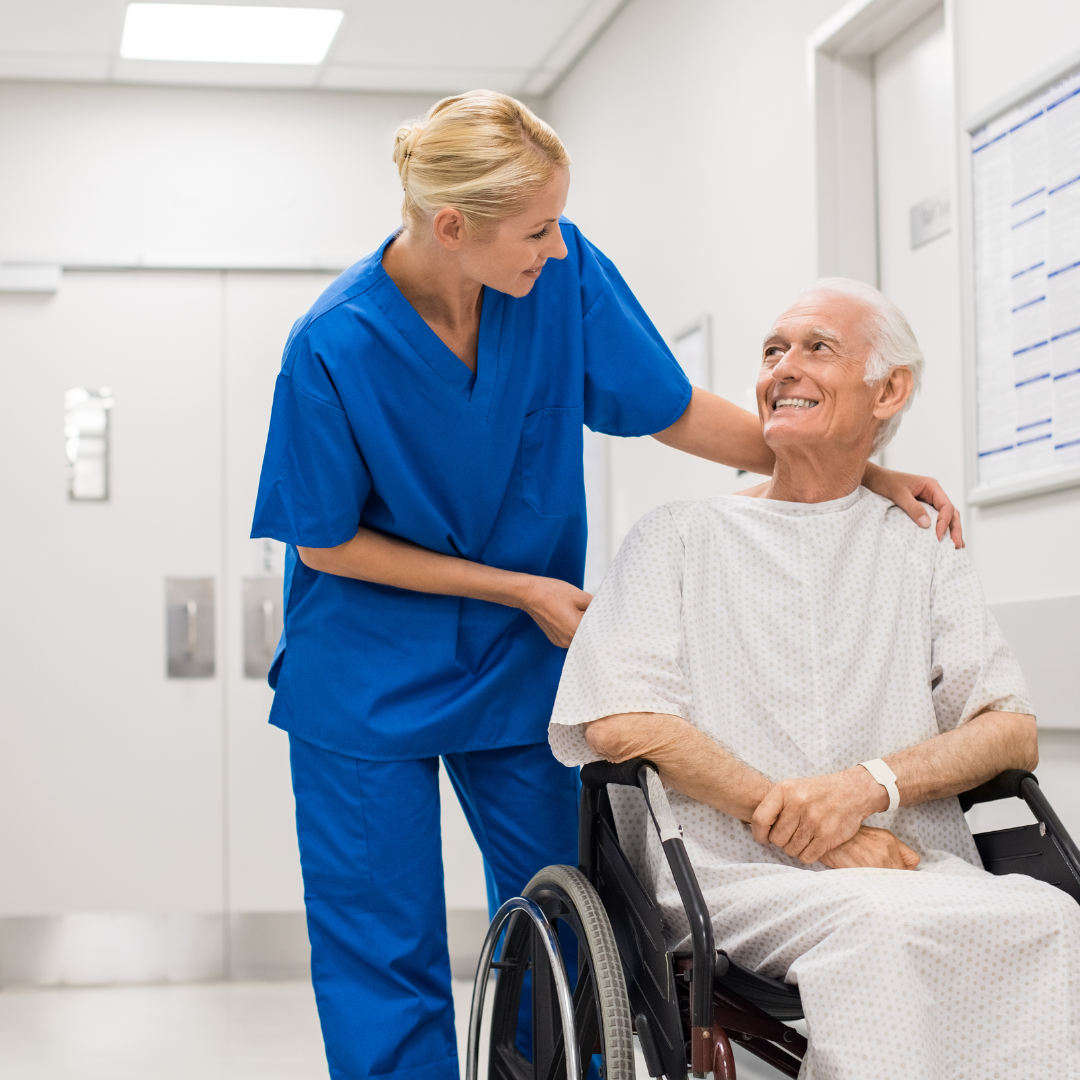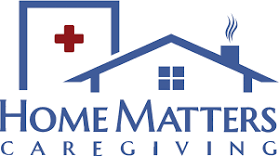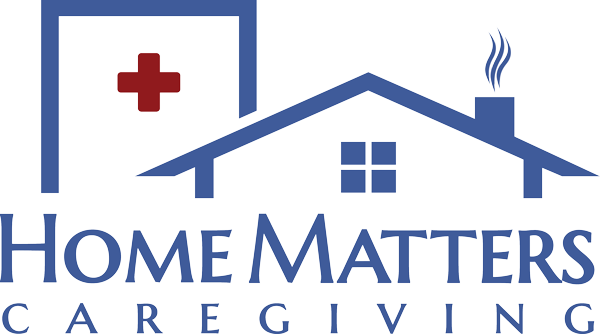Hospital to Home: The Complete Care Guide
Transitioning from a hospital stay to home care can be a significant adjustment, both for patients and their caregivers. It involves navigating a complex landscape of medical instructions, home modifications, and emotional support. This guide aims to streamline this transition, offering comprehensive insights and practical advice to ensure a smooth and effective recovery process. Understanding post-hospital care involves more than just following discharge instructions. It requires preparing the home environment for safety, managing medications effectively, and anticipating potential complications. Moreover, emotional and psychological support for both the patient and their family plays a crucial role in the recovery journey. By addressing these aspects comprehensively, this guide equips caregivers and patients alike with the knowledge and tools necessary to facilitate a successful transition from hospital to home, promoting not only physical healing but also overall well-being. Stay tuned for detailed tips and expert recommendations to navigate this critical phase with confidence and care.
Understanding the Transition Process
Transitioning from hospital care to home can be a pivotal moment in a patient's recovery journey. It involves a series of steps aimed at ensuring a smooth shift from intensive medical supervision to self-care in a familiar environment. Understanding this process is crucial for both patients and their caregivers to navigate this period effectively.

Hospital Discharge Planning
Discharge planning begins well before the actual discharge date. It involves healthcare professionals, patients, and their families to ensure all necessary arrangements are in place for a safe return home. During this phase, the healthcare team assesses the patient's condition, discusses care needs, and plans for any necessary equipment or support services post-discharge. This may include arranging home health care, ordering medications, and scheduling follow-up appointments.
Patient Education and Preparation
Education plays a crucial role in empowering patients and caregivers to manage recovery at home. medications, wound care (if applicable), and signs of complications to watch for. They also provide instructions on diet, activity levels, and any necessary lifestyle adjustments.
Transitional Care Coordination
Effective coordination between hospital staff, primary care providers, and home health agencies is essential for continuity of care. This involves communicating discharge plans to all involved parties, ensuring that everyone understands their roles and responsibilities. Care coordination may also include arranging for medical equipment delivery, home modifications (if needed), and ensuring access to community resources.
Preparing the Home Environment
A safe and supportive home environment is crucial for a successful transition. Patients and caregivers should assess the home for potential hazards and make necessary modifications, such as installing grab bars, adjusting furniture for ease of movement, and ensuring adequate lighting. Organizing medications and medical supplies in a designated area can also streamline daily care routines.
Emotional Preparation
Transitioning from the hospital to home can bring about emotional challenges for both patients and caregivers. It's important to acknowledge feelings of anxiety, uncertainty, or stress. Healthcare providers can offer emotional support and coping strategies to help manage these feelings. Patients and caregivers should also communicate openly about their concerns and seek support from friends, family, or support groups if needed.
Preparing Your Home for Recovery
Preparing your home for recovery is essential to ensure a safe and comfortable environment for patients transitioning from hospital care to home care. This process involves assessing potential hazards, making necessary modifications, and organizing essential supplies to support the patient's recovery journey.
Assessing Home Safety
Before the patient returns home, it's important to assess the home environment for potential safety hazards. Walk through each room to identify obstacles or hazards that could impede mobility or cause accidents, such as loose rugs, slippery floors, or cluttered pathways. Addressing these hazards by securing rugs, improving lighting, and decluttering spaces can significantly reduce the risk of falls and injuries.
Creating a Recovery Space
Designate a specific area within the home where the patient can rest and recover comfortably. Choose a room that provides easy access to essential amenities, such as a bathroom and kitchen. Ensure the bed or seating area is comfortable and supportive. Arrange necessary items within reach, such as medications, water, snacks, and entertainment (books, TV remote, etc.), to minimize the need for frequent movement.
Installing Assistive Devices
Depending on the patient's needs, installing assistive devices can enhance safety and independence. Consider installing grab bars in bathrooms and near beds, ramps or stairlifts if mobility is limited, and shower chairs or handheld showerheads for ease of bathing. These devices promote mobility and reduce the risk of falls, allowing patients to navigate their home environment more independently.
Organizing Medications and Supplies
IOrganizing medications and necessary supplies is crucial for managing the patient's health post-discharge. Create a dedicated area for medications, ensuring they are stored in a cool, dry place away from children and pets. Use pill organizers or medication management systems to keep track of dosages and schedules. Stock up on other essentials such as wound care supplies, disposable gloves, and disinfectants as recommended by healthcare providers.
Adapting Daily Activities
Modifying daily activities can help conserve energy and promote recovery.
Encourage the patient to prioritize rest and avoid strenuous activities. Consider rearranging furniture to create clear pathways for movement and minimizing the need for bending or reaching. Simple modifications, such as using a reach tool to grab items or using a raised toilet seat, can make daily tasks more manageable during recovery.
Recognizing Signs of Complications
Recognizing signs of complications early is crucial for ensuring timely medical intervention and promoting patient recovery after transitioning from hospital to home care.
- Common Complications to Watch For: Understand the common complications associated with the patient's condition or recent treatment. Examples include infection, worsening pain, shortness of breath, sudden changes in mental status, excessive bleeding, or swelling. Educate caregivers and patients on specific symptoms to monitor.
- Monitoring Vital Signs and Symptoms: Regular monitoring of vital signs and symptoms is essential post-discharge. Teach caregivers how to check temperature, heart rate, blood pressure, and respiratory rate. Instruct them to report any abnormal readings promptly to healthcare providers.
- Communicating with Healthcare Providers: Effective communication with healthcare providers is critical for addressing concerns. Encourage patients and caregivers to maintain a list of emergency contact numbers and follow-up appointments. Instruct them to contact healthcare providers immediately if they observe any worrisome symptoms or changes.
- Emergency Preparedness: Being prepared for emergencies can save valuable time in critical situations. Ensure caregivers and patients know when to seek urgent medical attention and have a plan in place for emergencies. This may include knowing the nearest hospital or urgent care facility and transportation options.
Conclusion
Transitioning from hospital to home care is a significant step towards ensuring optimal recovery and comfort for your loved ones. By following the comprehensive care guide provided in this blog, you can navigate this journey with confidence, knowing you have the knowledge and resources to support your family member's needs effectively. From understanding medication schedules to creating a safe and accessible home environment, each aspect covered contributes to a smoother transition and better overall care experience.
If you have any questions or need personalized assistance in implementing these strategies, please don't hesitate to reach out to us at Home Matters Caregiving. Located in Pittsburgh, our dedicated team is here to provide expert guidance and support tailored to your unique situation. Contact us today at (800) 298-5140 to learn more about our services and how we can assist you in ensuring a seamless transition from hospital to home care. Your loved one's comfort and well-being are our top priorities.


